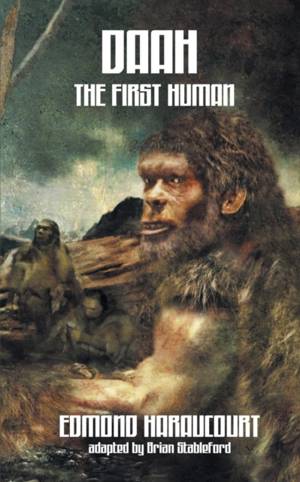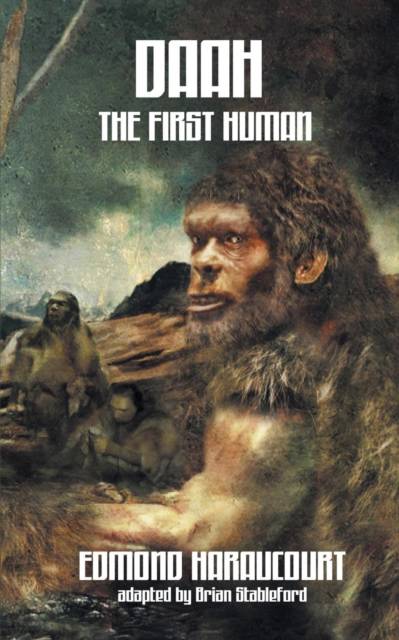
- Afhalen na 1 uur in een winkel met voorraad
- Gratis thuislevering in België vanaf € 30
- Ruim aanbod met 7 miljoen producten
- Afhalen na 1 uur in een winkel met voorraad
- Gratis thuislevering in België vanaf € 30
- Ruim aanbod met 7 miljoen producten
Zoeken
Omschrijving
Edmond Haraucourt's Daâh: The First Human (1914) begins with the proto-humans Dâh and his wives, Hock and Ta, living a solitary existence, and then sketches, episodically, an account of their slow ascent towards civilization. With Daâh serving as a kind of "collective hero," the novel proceeds through a sequence of epiphanies that includes the invention of families, the axe, clothes, religion, fire and, ultimately, a burgeoning awareness of what will someday become our world. Daâh is a milestone in the genre of prehistoric fantasy, taking into account the then-new discipline of physical anthropology and attempting to bridge the gaps left by science. Haraucourt aspires to a kind of truthfulness in its depiction of the psychological and social processes involved in the pattern of change and discovery, and is remarkable in his ability to portray characters who are not yet us. That is what makes Daâh unique and a true masterpiece.
Specificaties
Betrokkenen
- Auteur(s):
- Uitgeverij:
Inhoud
- Aantal bladzijden:
- 260
- Taal:
- Engels
Eigenschappen
- Productcode (EAN):
- 9781612273556
- Verschijningsdatum:
- 29/11/2014
- Uitvoering:
- Paperback
- Formaat:
- Trade paperback (VS)
- Afmetingen:
- 127 mm x 203 mm
- Gewicht:
- 285 g

Alleen bij Standaard Boekhandel
+ 56 punten op je klantenkaart van Standaard Boekhandel
Beoordelingen
We publiceren alleen reviews die voldoen aan de voorwaarden voor reviews. Bekijk onze voorwaarden voor reviews.








